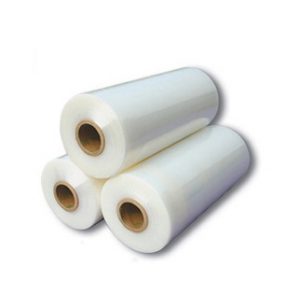
Of course, this may not sound practical for some smaller operations, but, as we all know, automation doesn’t always mean robots. For example, by adding a simple item like a conveyor belt, the product is transported from one area of the warehouse to another, causing the fecal rate to be greatly reduced. Arguably, this method is very effective and is one of the easiest ways to reduce losses. In addition, it has the characteristics of minimizing the likelihood of injury to employees because of lifting or transporting items. In essence, this is a win-win idea.
What should the correct stretch wrap do?
We only use stretch wrap, which itself can help limit transport loss. But if it is not done properly, it may not work well, and the risk of damage will be greatly increased.
For example, if a tray is being stretched with a very small containment force, the packaging will have a larger risk for the purpose of preventing damage. It is important to pack each load to meet the containment criteria.
The load needs to be attached to the pallet, and the load to the pallet should be created, which is the mark of the effective stretch wrap. Make sure that no loose film back can be guaranteed.
If you are very interested in the details of the effective stretching wrapper, you can check out our recent webinar, stretching your pallet load to ensure the best way to use it.
What’s the difference between stretching and packing?
In all the packaging and pallet packaging, other methods cannot provide the best performance, nor provide the safest and most damaging free shipping time for elastic packaging. Of course, you can use every trick listed here, but if you unify your tray with a stretch wrap, you’re already ahead of the game.
What should the correct stretch wrap do?
We only use stretch wrap, which itself can help limit transport loss. But if it is not done properly, it may not work well, and the risk of damage will be greatly increased.
For example, if a tray is being stretched with a very small containment force, the packaging will have a larger risk for the purpose of preventing damage. It is important to pack each load to meet the containment criteria.
The load needs to be attached to the pallet, and the load to the pallet should be created, which is the mark of the effective stretch wrap. Make sure that no loose film back can be guaranteed.
If you are very interested in the details of the effective stretching wrapper, you can check out our recent webinar, stretching your pallet load to ensure the best way to use it.
What’s the difference between stretching and packing?
In all the packaging and pallet packaging, other methods cannot provide the best performance, nor provide the safest and most damaging free shipping time for elastic packaging. Of course, you can use every trick listed here, but if you unify your tray with a stretch wrap, you’re already ahead of the game.